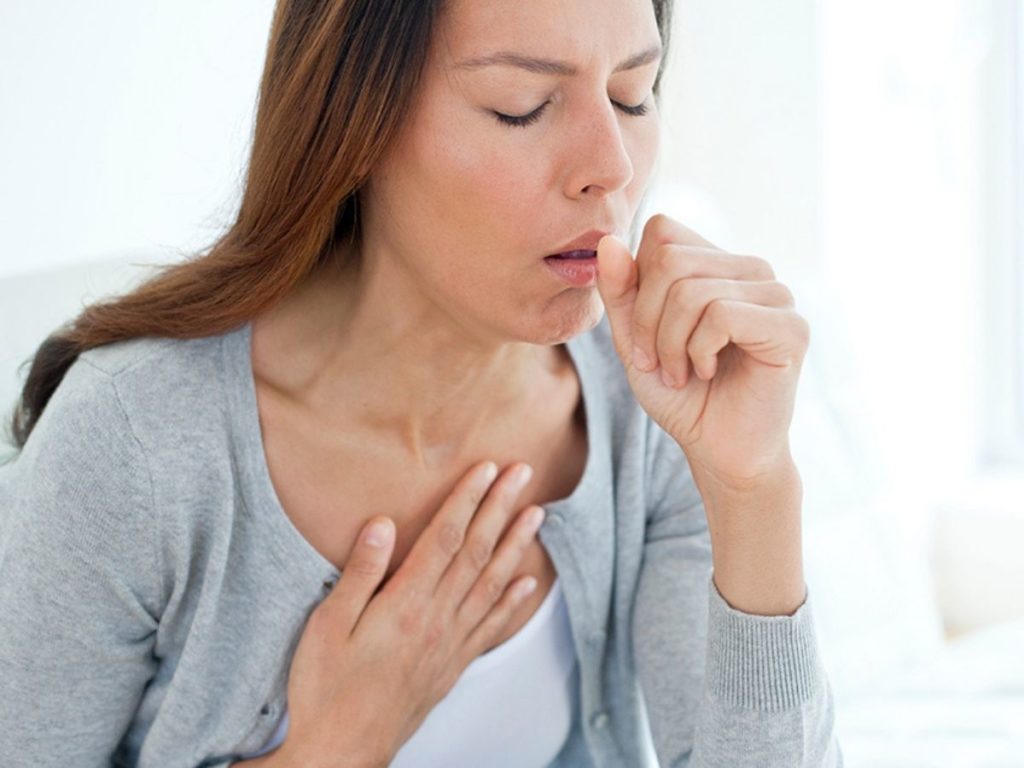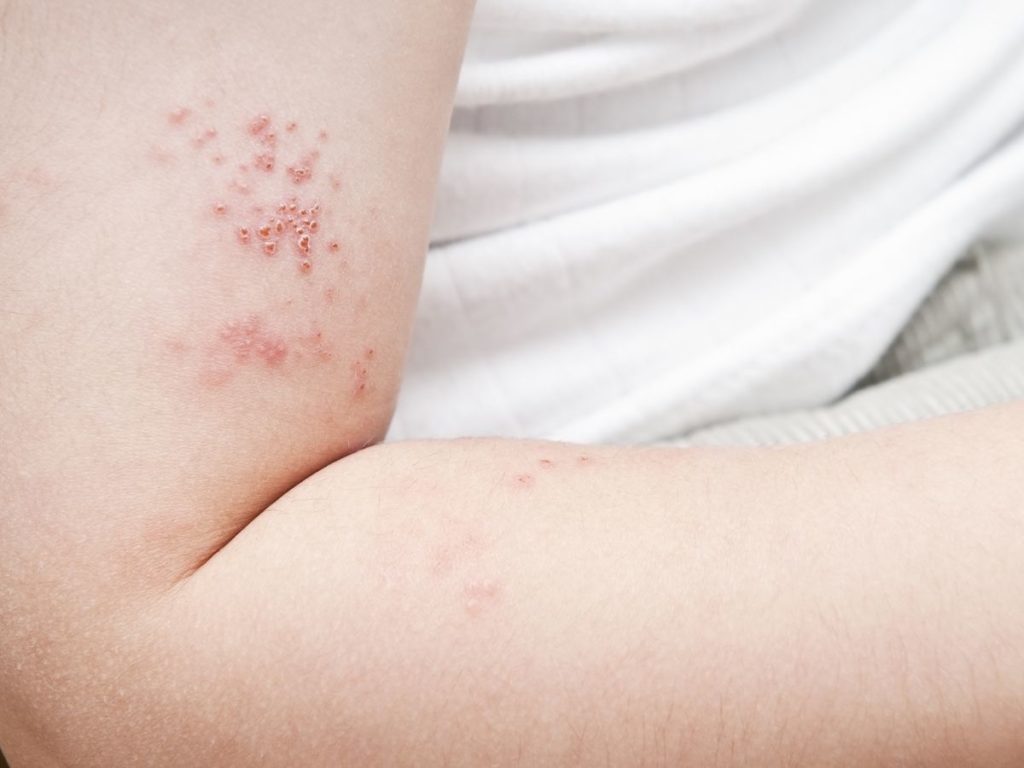Shingles is a viral illness that may produce a blistered rash. It’s due to the same virus that causes chickenpox., and it can be quite serious. In this article, we will discuss how do you get shingles, as well as the symptoms and treatment options.
What is shingles?
Shingles, also known as herpes zoster, is an illness of nerves and the skin around them caused by the varicella-zoster virus (VZV). The varicella-zoster virus, which also causes chickenpox, is the underlying cause. It affects one in every four people during their lifetime, according to studies.
How do you get shingles?
You can get shingles if you have ever had chickenpox. The virus that causes chickenpox stays in your body after you recover from the illness, and it can reactivate later in life to cause shingles.
Shingles is not contagious, but you can catch chickenpox from someone with shingles.
The virus is spread through contact with the fluid from the rash blisters. It can also be spread if a person touches something that has the virus on it and then touches their eyes or mouth.
How to avoid getting shingles
There is no sure way to avoid getting shingles, but you can lower your risk of getting the virus.
- Get vaccinated: The shingles vaccine can help reduce your chances of getting the virus. The vaccine is recommended for adults 60 years and older, and it is also available for those 50 to 59 years old who have had a severe case of chickenpox or have been infected with VZV.
- Do not smoke: Smoking increases your risk of developing shingles.
- Stress is a huge risk factor for shingles so try to keep your stress levels down.
- Since shingles is caused by the varicella virus that also causes chickenpox, best if children can get the chickenpox vaccine.
What are the symptoms of shingles?
The earliest symptom of shingles is usually pain, tingling, or burning in one area of your body. This may last for several days before a rash appears. The rash typically starts as small, red bumps that turn into blisters. The blisters often break open and form scabs.
The most common areas to have the rash are on your chest, back, and face. But it can occur anywhere on your body.
The symptoms of shingles usually last for two to four weeks, but they may persist for longer in some people.
What is the treatment for shingles?
If you have shingles, you will need to see a doctor. The most common treatments are antiviral drugs and pain relief medicines. These medications can help shorten the length of the illness and reduce the severity of the symptoms.
In some cases, you may also need antibiotics if you develop a bacterial infection as a result of the rash blisters. Corticosteroid drugs may also be prescribed to reduce inflammation and swelling.
It is important to seek medical care right away if you think you have shingles, as early treatment can help prevent long-term complications.
Risk factors for shingles
There are several factors that can increase your risk of developing shingles. These include:
- Age: The older you are, the greater your risk of getting shingles.
- Being immunocompromised: People with weakened immune systems are more likely to get shingles. This includes people who have cancer, AIDS, or take drugs that suppress the immune system.
- Having a chronic disease: If you have a chronic illness such as diabetes or heart disease, you are also at increased risk for shingles.
- Smoking: Smokers are more likely to get shingles than nonsmokers.
If you have any of these risk factors, it is important to be aware of the symptoms of shingles and to seek medical care right away if you think you have the illness.
What are the possible complications of shingles?

Shingles can sometimes lead to serious problems, such as:
- nerve damage, which can cause pain, tingling, or burning sensations;
- eye infections that can lead to blindness;
- pneumonia; and
- shingles infection of the brain (encephalitis), which can be life-threatening.
It is important to seek medical care right away if you think you have shingles, as early treatment can help prevent these complications.
When to get referred to a hospital
If you are having severe pain, if the rash is widespread, or if you develop any of the following symptoms, seek emergency medical care:
- fever over 101 ˚F (38.33 ˚C), chills, or sweats;
- severe headache;
- dizziness or balance problems;
- vision changes;
- weakness in one arm or leg;
- slurred speech.
The shingles vaccine
There are vaccines available to help prevent shingles. Shingrix and Zostavax are both effective at preventing the disease.
Shingrix is a new vaccine that was developed in 2017 and is more than 90% effective at preventing shingles. It is recommended for all adults age 50 and older, regardless of whether they have had shingles or chickenpox in the past.
Zostavax is a vaccine that has been available since 2006. It is about 70% effective at preventing shingles in people who have not had it before. It is also recommended for adults age 50 and older.
If you are interested in getting vaccinated against shingles, talk to your doctor about which vaccine would be best for you.
The vaccines are not 100% effective, but it can reduce your risk of getting shingles significantly. It is also important to note that the vaccines do not protect against all cases of shingles, so it is still important to be aware of the symptoms of the illness.
If you are over 60 years old, talk to your doctor about whether the shingles vaccine is right for you.
Who are qualified to take the shingles vaccines?
As of now, the shingles vaccines are not recommended for pregnant women and people who are immunocompromised. It is also not recommended for people who have had a severe allergic reaction to any component of the vaccine in the past. Check with your doctor to see if you are eligible for the vaccine.
What are some common myths about shingles?
Myth: Shingles only affects older people.
Fact: Anyone who has ever had chickenpox can develop shingles. The risk increases with age, but younger people can also get it.
Myth: You cannot catch shingles from someone else.
Fact: Shingles is contagious and can be spread from person to person. However, you cannot catch chickenpox from someone with shingles. The virus is spread through contact with the fluid from the rash blisters. It can also be spread if a person touches something that has the virus on it and then touches their eyes or mouth.
Myth: You will only have one outbreak of shingles in your lifetime.
Fact: Some people have more than one episode of shingles.
Myth: Shingles is just a bad case of the flu.
Fact: Shingles is not influenza (the flu). It is a separate illness caused by the varicella-zoster virus, which is the same virus that causes chickenpox.

